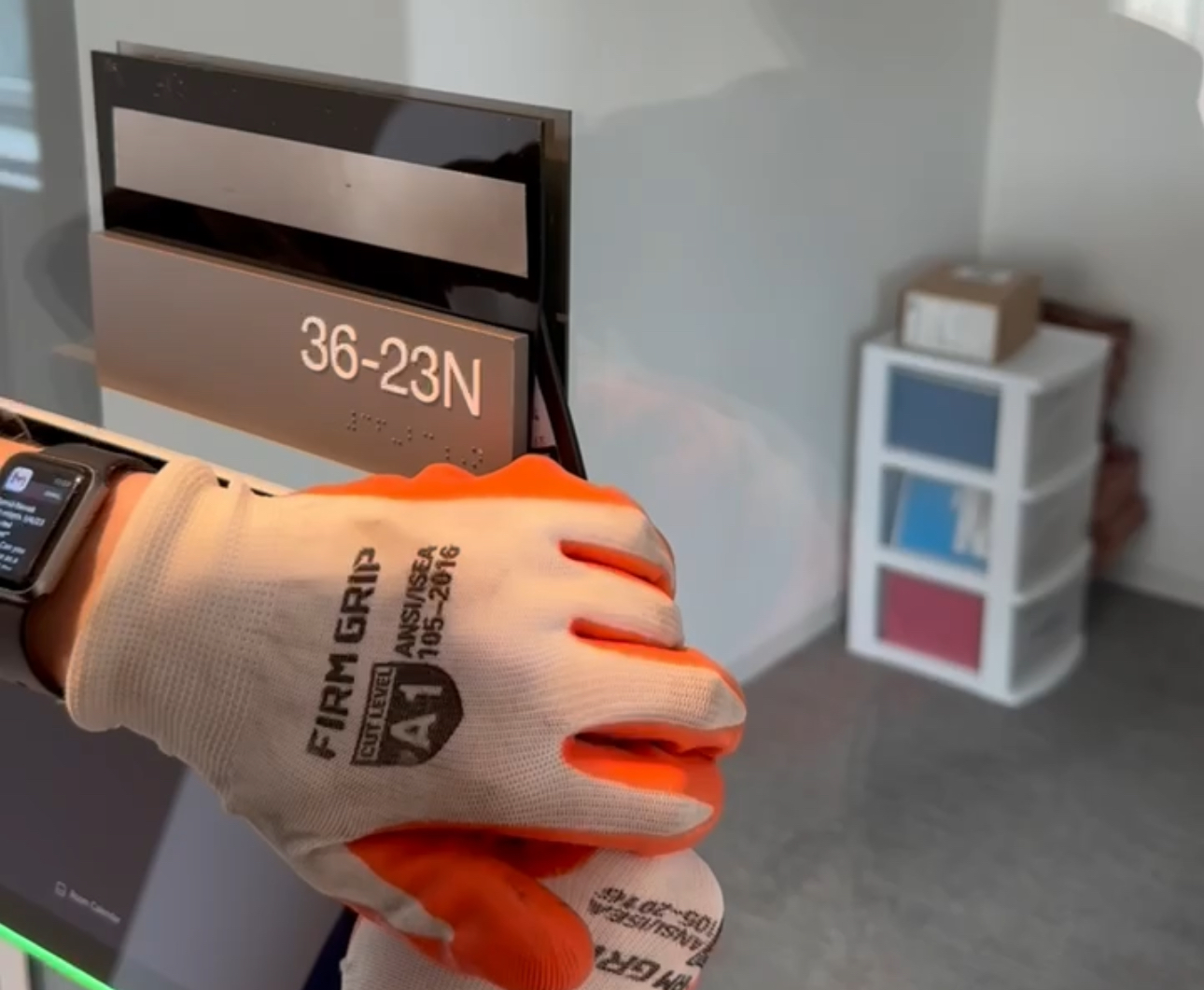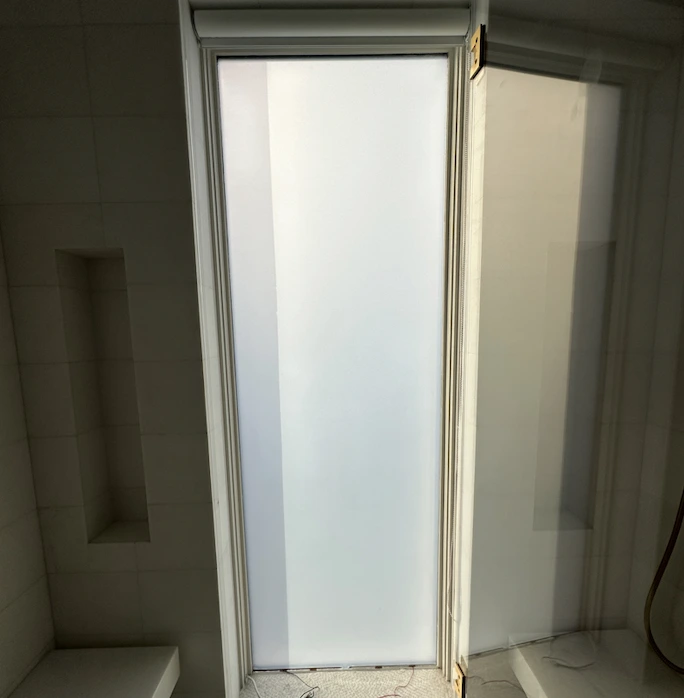Why shouldn’t we use high gloss or semi-gloss paint” — and that’s a good question, because a lot of customers think shinier is better for vinyl, but in reality, it’s often the opposite.
Here’s why:
1. Adhesion Problems
• Glossy and semi-gloss finishes are smoother and less porous.
• Vinyl adhesives are designed to “grab” onto microscopic texture — gloss reduces that “tooth,” so the adhesive has less to bond with.
• On a slick surface, vinyl might stick at first but can peel at the edges over time, especially in temperature changes.
2. Outgassing Issues
• High-gloss and semi-gloss paints have a denser resin layer.
• They trap more solvents and moisture in the paint film, which can take longer to fully cure.
• If vinyl is applied too soon, trapped gases can create bubbles under the film weeks after installation.
3. Long-Term Durability
• Even if the vinyl sticks initially, the bond is weaker.
• Gloss surfaces are more prone to lifting at corners or seams, especially if the vinyl is under tension (large pieces, wall wraps).
• In high-traffic areas, cleaning or accidental bumps can cause edges to pop loose.
4. Industry Standards
• Both 3M and Avery Dennison recommend:
• Matte or eggshell finishes for optimal adhesion.
• Avoid “washable” or “stain-resistant” paints (often semi-gloss or gloss) because they include additives like Teflon or silicone that repel adhesives.








